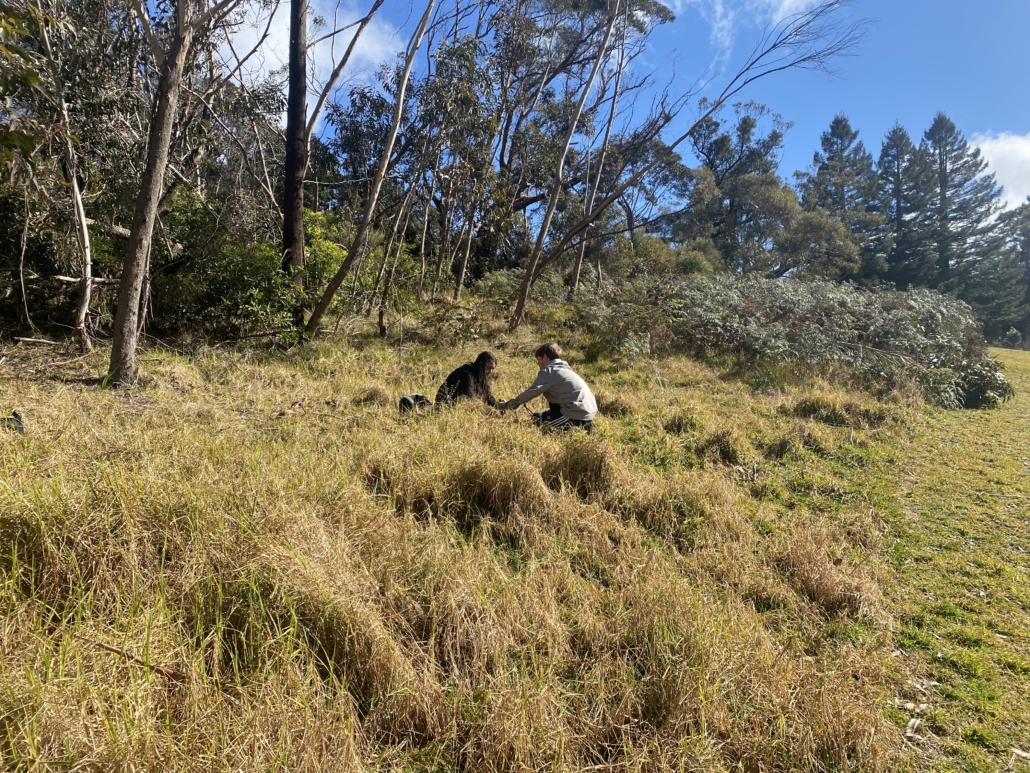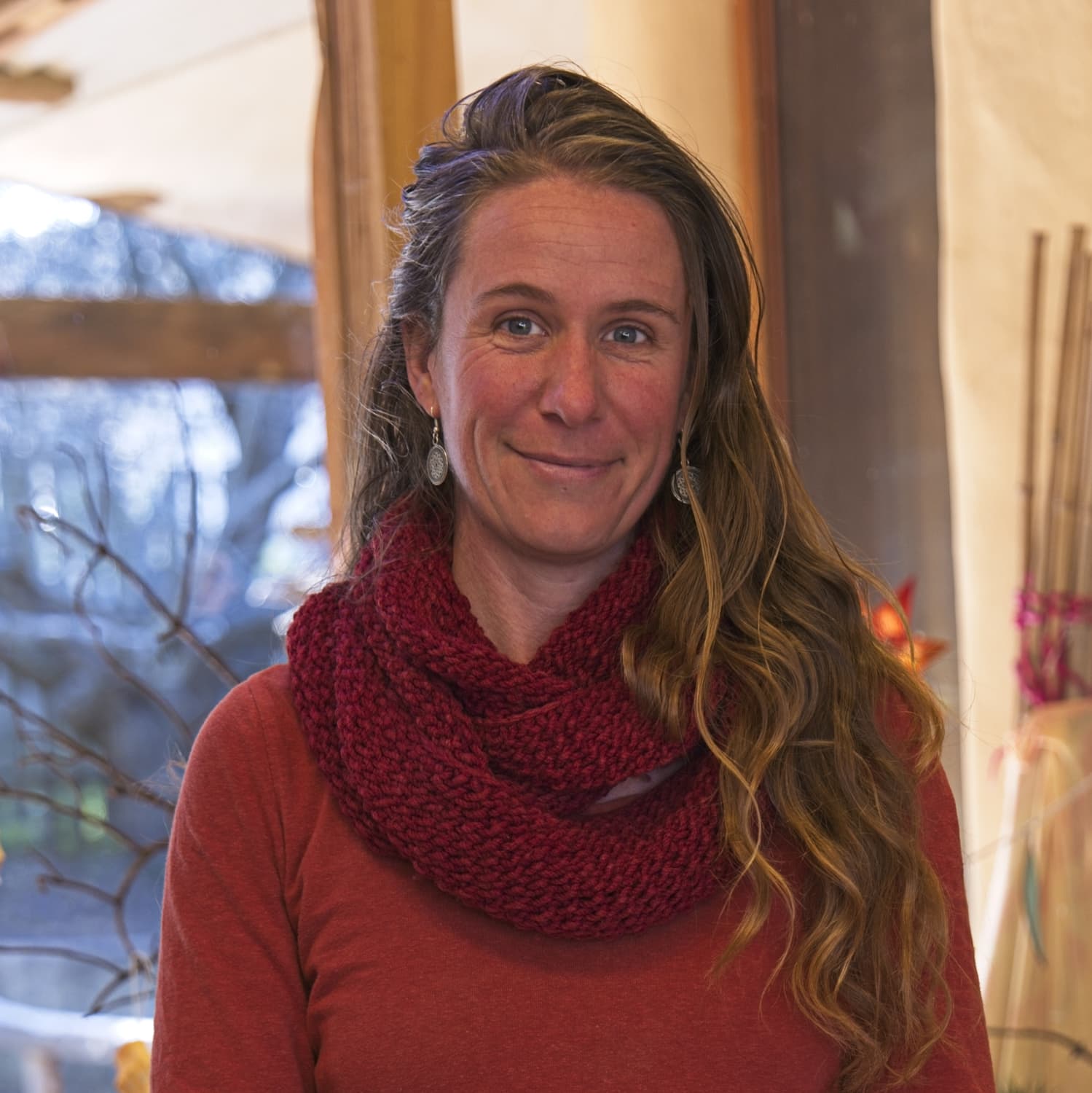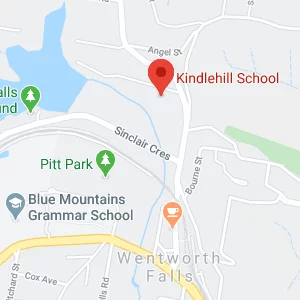Last week year 9-10 started our practical project volunteering for the Planetary Health Initiative as part of our geography unit on climate change. When I started thinking of this unit, I admit I felt a bit tentative. The response in myself to the thought of climate change brings up feelings of overwhelm and fear, and this is not something that I want to cultivate in young people! Working with the Planetary Health Initiative seemed like a good way to embed practical action on Earth care and climate action into the work we are doing, to shift the conversation away from what seems impossible to what we tangibly can do.
When we arrived, Lis Bastian shared an anecdote about the Bradley Method (the most common method of bush care used in Australia today). She shared this in guiding us with what we were doing, but also as a metaphor for our own lives. Michael Meade says we need metaphors to hang our heart on. This will be one for me!
The Bradley method was started by two sisters from Northern Sydney who were regenerating the bush around their home. The first principle is, rather than starting in the most disrupted, weedy and tangled places, look for a the most beautiful and healthy. It could be around the base of a tree, or a crop of native grasses, or a flowering plant. Find that spot and begin slowly working outward.
Just like when we are looking into the world currently, perhaps in our personal lives when things are tough and tangled, or at the bigger picture with the multi-crises of our times, we ask ourselves – where is the beauty, the healthy, the place that is intact. This is the place we begin, slowly making our way out. Hearing this made so much sense to me. We have to begin with what we can manage, with something that lights us up, that gives us hope.
Lis pointed out a Native Elderberry, this plant, she said, would be a great place to begin. Each privet weeded out, meant that this plant had a chance to grow tall and strongly rooted, and as a pioneer plant, regenerating the land around it. The Native Elderberry, Lis explained, has a symbiotic relationship with the Elderberry Leaf Roller, a little moth that depends almost entirely on this plant to house its young as they grow.
As we cleared the privet out from around it, I thought about the ripples that would come from this small action. The pollination that the moths would do, the bats, birds and frogs that would feed on it, the seeds of the native plant that would be spread to restore land instead of the privet. I could see widening circles of health rippling out, regenerating the ecosystem and therefore, restoring the soil, water, air and finally, the dance of climate.
I could see that as the young people weeded, and pulled, that perhaps they thought that it was a very small act. Even insignificant. But the truth is, that if we all do something small every day, we make change. We pulled out around 250 privet plants, making space for lomandra, elderberry, native grasses. We made space for restoration, for the healing of our world.
I feel different now when I think about teaching about climate change. I am excited, full of the deep-seated knowledge of WHAT IS POSSIBLE! We have everything we need, the knowledge, the skills, the technology, the imagination, the loving communities, and incredible Earth and her living communities.
Arundhati Roy says, “Another world is not only possible, she is on her way. On a quiet day, I can hear her breathing.” In this moment so can I.


Sarah has a B. Arts (UN) and a Master of Teaching (UNE). She works both as a teacher and as student support throughout the school.
“One of the most exciting things when working to support students, is when they find something that they are passionate about, that they really connect to. Finding ways to support their engagement and the depth of their learning is incredibly rewarding. As a teacher, it is a pleasure to be working in an environment where creativity, critical thinking and a real sense of love for the world is valued and imbues all you do”.

